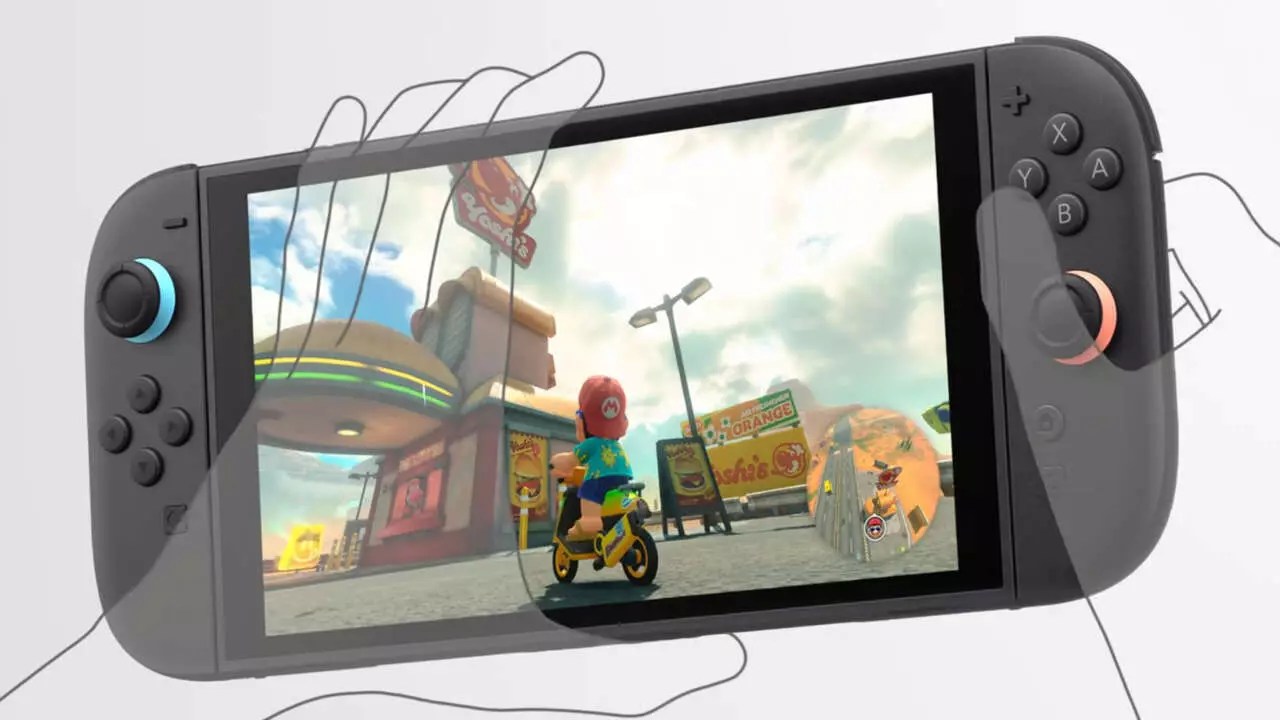The gaming industry thrives on innovation, and few companies embody this spirit as profoundly as Nintendo. With the recent unveiling of the Switch 2, a wave of excitement surged through the gaming community, largely thanks to a particular feature: the magnetic Joy-Con 2 controllers. These controllers offer a glimpse into Nintendo’s persistent quest for enhancing user experience, showcasing how the company learns from past decisions while boldly reimagining its future.
The origins of the magnetic design reveal a fascinating journey that traces back to the very inception of the original Nintendo Switch. During development, the iconic detachable controllers were initially envisioned to attach magnetically. This idea, however, was put on hold after feedback from Satoru Iwata, the revered late president of Nintendo. His input reflected the thoughtfulness that has characterized Nintendo’s design philosophy over the years: user experience and reliability take precedence over novel concepts that might compromise performance.
Lessons Learned from Failure
When Kouichi Kawamoto, a key figure at Nintendo, discussed the original magnetic prototypes, it became evident that not every groundbreaking idea translates into success. The initial version of the magnetic Joy-Cons exhibited significant wobbling when attached to the console, leading to concerns about instability and usability. Kawamoto noted Iwata’s critical feedback as a pivotal moment that guided the development team’s shift to a rail-based attachment system renowned for its sturdiness.
This setback is a testament to Nintendo’s maturity as a company. Rather than stubbornly proceeding with a flawed concept, they took a step back and reassessed. This type of introspection is rare in any industry but is crucial for a brand that has built its legacy around trust and quality. Importantly, the team didn’t abandon the magnetic concept; instead, they refined it, showcasing Nintendo as a forward-thinking entity that learns from its missteps rather than fearing them.
Resilient Innovation: The Path to Joy-Con 2
As development of the Switch 2 commenced, the magnetic Joy-Con concept resurfaced. Learning from past experiences, the team was committed to ensuring the new controllers addressed the shortcomings of their predecessors. Tetsuya Sasaki, another prominent figure at Nintendo, highlighted that research on the use of magnets persisted even after the idea was shelved. This kind of perseverance reflects a company culture that values innovation and creativity, even in the face of setbacks.
The introduction of easy attachment and detachment mechanisms appeals not only to hardcore gamers but also to families and younger players. The goal was simple: to make the gaming experience more accessible. The move towards magnetic Joy-Cons takes into account the tactile interactions of users and the importance of inclusivity in design. By reimagining the mechanism of control, Nintendo opens the door for a more intuitive gaming approach that even young children can master.
More Than Just Controllers: The Bigger Picture
The magnetic Joy-Con 2 controllers are just one aspect of a broader suite of enhancements set to define the Switch 2. Features like the ability to use the controllers as a mouse and upgrades to the thumbs stick size promise to redefine how we interact with games. Furthermore, incorporating advanced capabilities like HDR, 4K resolution when docked, and smoother performance at 120fps highlights Nintendo’s commitment to matching or even surpassing industry standards.
Propelling the console into uncharted territory is also an impressive lineup of exclusive titles poised to amplify the gaming experience. Projects like “Mario Kart World” and a sequel to “Kirby Air Ride” not only build on nostalgia but also emphasize the brand’s creativity. The allure of experiencing well-loved franchises in fresh formats with new gameplay mechanics is undeniably enticing.
Notably, the marketing strategy also exemplifies a keen understanding of consumer demands. The price point for the Switch 2 Mario Kart World bundle at $500 reflects more than just a console and game; it signifies an investment in a new era of gaming. Nintendo continues to show that it remains committed to enhancing the consumer experience while ensuring value in their offerings.
The journey of the Joy-Con controllers from initial concept to a pioneering feature of the Switch 2 encapsulates Nintendo’s innovative spirit. Every step, trial, and error reflects a commitment to creating unparalleled user experiences that resonate with players of all ages. As we look ahead, the magnetic Joy-Con 2 might just be the start of something truly revolutionary in the gaming world.


Leave a Reply